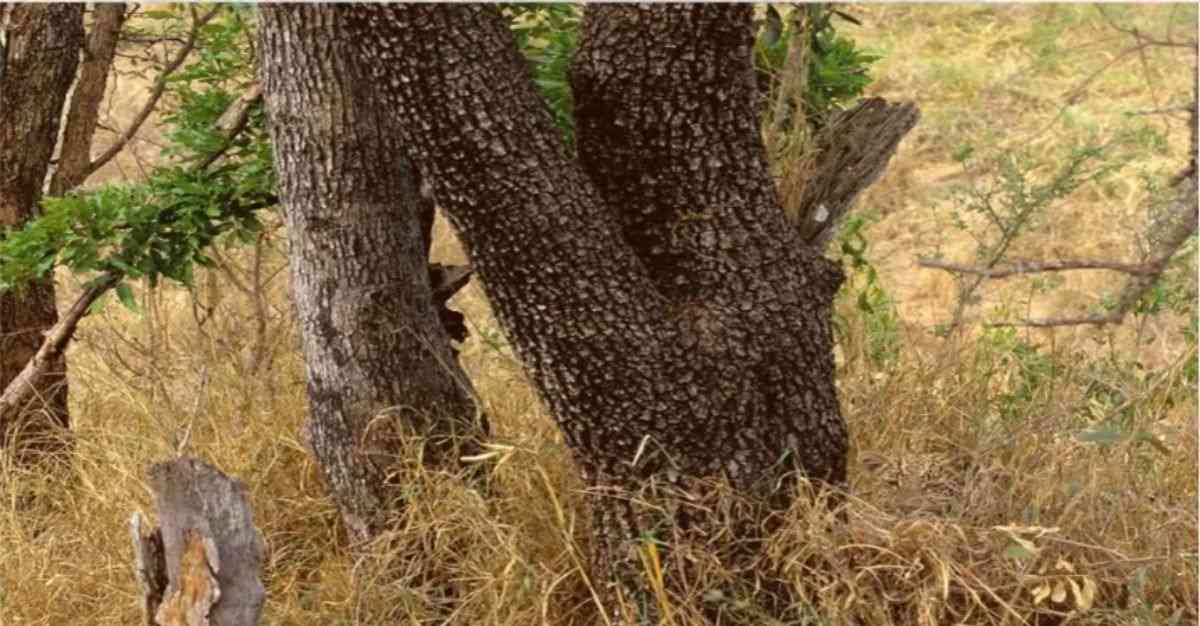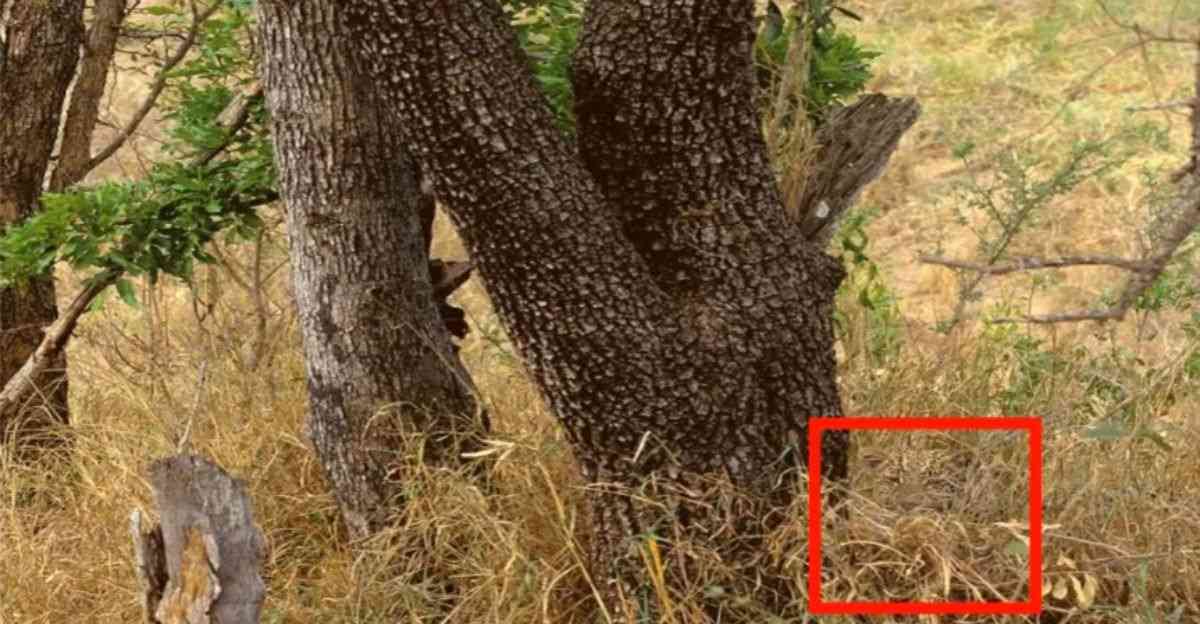We often believe what we see is real, but optical illusions can be fascinating as they challenge this default notion. Optical illusion, as defined by the Merriam-Webster dictionary, is something that deceives or misleads intellectually. Scientists and researchers have classified illusions for more than a century.
Recently, a new class of illusion developed by a visual artist and a psychology researcher underscored the highly constructive nature of visual perception. The illusion known as the 'scintillating starburst' is made up of several concentric pairs of scaled star polygons. Most observers perceived fleeting rays, beams, or lines emanating from the centre.
Optical illusions, also known as visual illusions, are a gateway to understanding how our brain constructs reality. Why is studying optical illusions important? Illusions can reveal the mechanisms of perception. A classic example of the use of studying illusions is the flash lag illusion or flash-lag effect, wherein a flash and a moving object that appear in the same location are perceived to be displaced.
Optical illusion images can also be mind-boggling and engaging mental exercises for all ages. Solving optical illusions can help both kids and adults by enhancing their cognitive skills like concentration, observation, and problem-solving. Illusions are more than just entertainment, these offer a workout for your brain.
Today we have an interesting optical illusion that will challenge you to spot a leopard in the jungle in 15 seconds only!
Visual Illusion: Can you see a leopard hiding in this jungle in 15 seconds?

This optical illusion is a great test of your observation skills. If you can spot the leopard in the given timeframe, you most likely have a sharp vision and high IQ.
The leopard is very artistically hidden in this optical illusion image, so you will have to be extra attentive and look for it like a hunter.
Take a good look at the image. Absorb the details of the overall scene. Keep calm like a hunter, keep roving your eyes to see anything that sticks out.
Look for the features of a leopard like their black, round spots. Observe the scenery and try to see if you can notice any facial features like ears or eyes.
Pay close attention. The leopard's body might camouflage so well with the surrounding elements, that you might overlook in a hurry.
Be patient. A hunter is persistent in his approach. He scans the scene with minute attention to details.
Try to look at the image from different angles. Do not fixate on a particular area.
Optical illusions are designed to trick the eye. Don't be discouraged if you don't find the leopard immediately.
Did you find the leopard? Let's see below where is the leopard hiding.
If You Are Highly Intelligent, Then Guess The Indian State Name By Emoji In 18 Seconds!
Answer revealed!
If you cracked this optical illusion and spotted the leopard, you have shown powerful visual awareness, focus, and the ability to block out distractions. Truly a hunter's qualities.

You may also like...
When You Do This, People See Confidence: 5 Body Language Signs Of Confident Personality Traits
Comments
All Comments (0)
Join the conversation